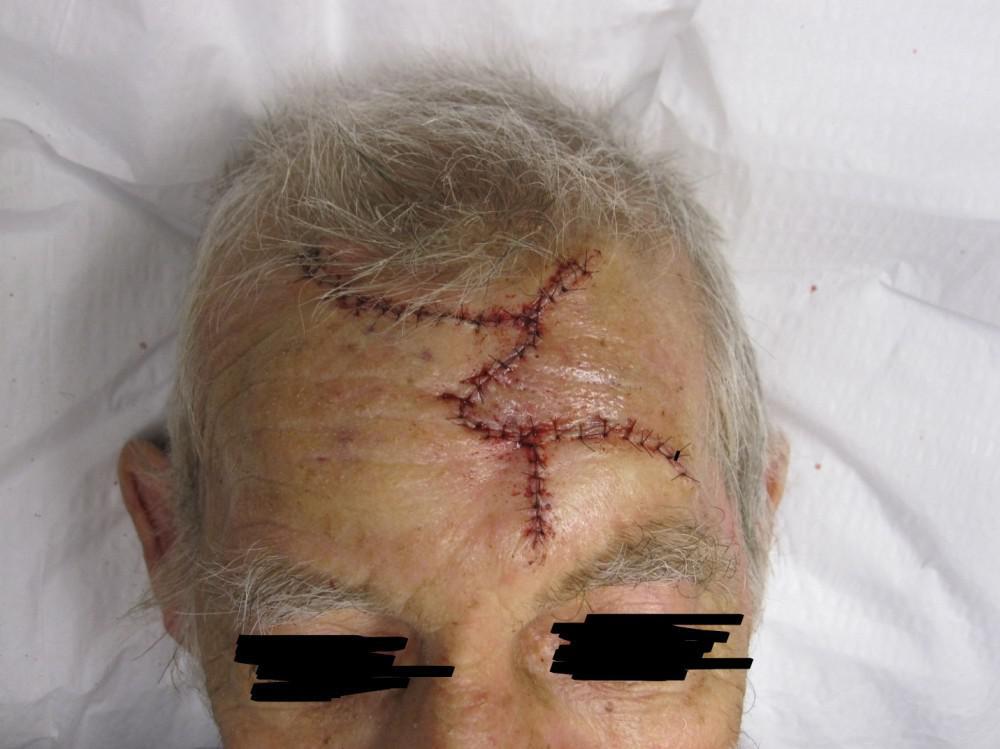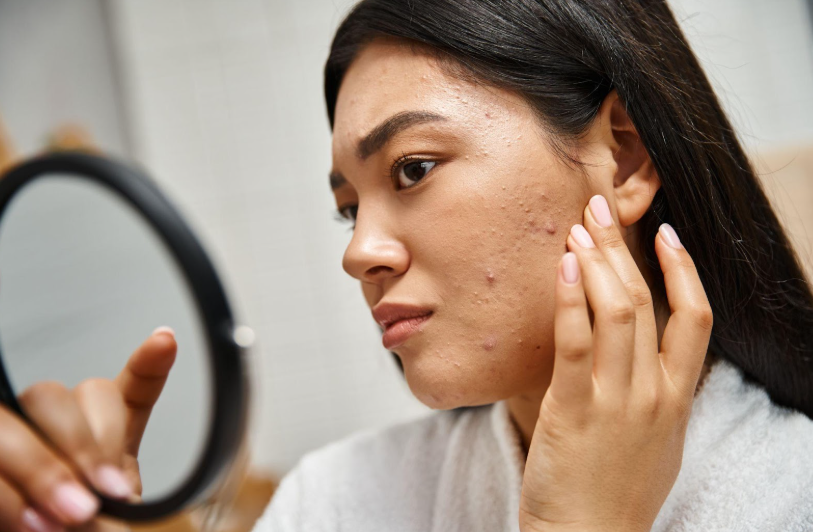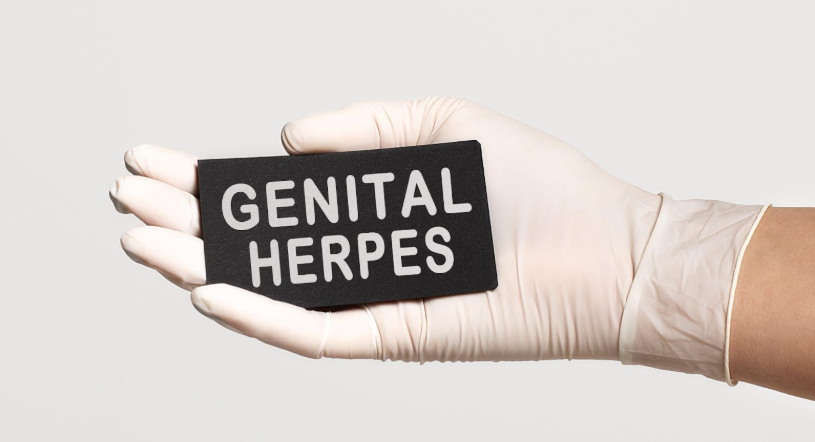An 81 year-old male patient, presented to our office for treatment of two large squamous cell carcinomas of his forehead. He and his son stated that the lesions had been frozen several times over the last 6 months and that no improvement had been noted. Two stages of Mohs micrographic surgery were required to clear the top tumor and a single stage was required to clear the lower tumor. A significant portion of the muscle had to be removed due to deep involvement of the tumor. The cancer did not involve the bone. The final defect involved a significant portion of the patient’s forehead
(Figure 1).
Several closure options were reviewed with the patient. The defect was too wide, and the patient’s tissue was too tight to bring the two sides together. Due to the exposed bone, a full thickness skin graft was not an option as it would likely not survive direct placement on bone. Bone provides no vascular supply to the graft. A modified Z-plasty was performed due to the shape of the two defects, the mobility of the tissue and the need to avoid excessive lift of the patient’s eyebrows (Figure 2).
The sutures were removed after one week of healing (Figure 3).
As noted in the photo, the eyebrows are level, both flaps have survived the surgery and excellent early results are achieved. The patient was extremely happy with the results and had no complications during the course of his healing.
Squamous Cell Carcinoma (SCC) is the second most common form of skin cancer. It’s usually found on areas of the body damaged by UV rays from the sun or tanning beds. Sun-exposed skin includes the head, neck, chest, upper back, ears, lips, arms, legs, and hands. While this cancer is considered slow growing, it can spread to the tissues, bones, and nearby lymph nodes, where it may become hard to treat. When caught early, it’s easy to treat. This is a skin cancer that we see a lot of in the Hattiesburg and Laurel, Mississippi area. Here is Mississippi, we love our outdoors which increases the risk of developing skin cancer. We also have a multitude of manufacturing and agriculture jobs in the area that increase the amount of time spent in the sun, which over time has cumulative increased risk of developing squamous cell carcinomas, basal cell carcinomas, merkel cell carcinomas, and melanoma.






